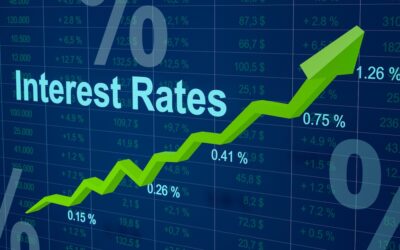People borrow money for all sorts of reasons – buying a car or a house, paying for a wedding or a holiday. Even opting for a financing arrangement or using your credit card to pay for things leads you to the same place – you end up with a debt to pay back.
Whether you take out a loan from a bank or credit union, or else make use of credit arrangements, there are certain similarities in all financial arrangements that lead to debt. Chief among these is the fact that, thanks to interest, you will end up paying back more than you borrowed or more than the cost of the item you paid for.
There are differences, too. One of the most important is the difference between secured and unsecured debt.
What is secured debt?
Secured debt is any kind of lending or financing arrangement that is backed up by some form of collateral, i.e. an asset which the debtor promises to forfeit if they cannot keep up with their repayments.
Secured loans are usually high value, and therefore often include the use of high value assets like property or vehicles as collateral. From the lender’s perspective, because they are taking a risk granting the loan or credit facility, the offer of collateral literally acts as a form of security for them. If they don’t get their repayments as agreed, they are entitled to seize whatever was put up as collateral.
A mortgage is a special type of secured debt where the property the loan is used to buy also acts as collateral on the deal. If you don’t keep up with mortgage repayments, your bank can seize your house.
What is unsecured debt?
Unsecured debt is quite simply any kind of financial arrangement that doesn’t include collateral put up as security. Unsecured debt is very common. Everything from credit cards to personal loans to standing orders for services are types of unsecured debt. If the debtor doesn’t pay what they are supposed to, the creditor has no automatic recourse to claiming their property in recompense (not without legal authorisation through the courts, anyway).
What are the benefits and drawbacks of each?
The relative benefits of secured versus unsecured loans and vice versa can be summed up simply – secured debt is cheaper but unsecured debt is easier to get.
Because of the extra assurance that having assets put up for collateral gives them, lenders offer lower interest rates for secured loans. Conversely, because there is greater risk to them should someone not pay back their debts, lenders charge much higher interest rates for unsecured debts.
Take the difference in typical interest rates between mortgages and credit cards as an example. The current average mortgage rate in the UK for a 30-year fixed term is 4.31%, while average credit card rates are 21.46%.
Secured collateral also encourages lenders to offer higher loan or credit limits, and longer repayment terms. You’d never get a bank lending you enough to buy a house without considerable security (i.e. the property itself). Nor would they give you 30 years to pay it back.
Unsecured loans and lines of credit are easier to obtain for smaller amounts, typically up to a maximum of £25,000. However, this can depend on your credit history. If you have defaulted on debts in the past and have a poor credit rating as a result, unsecured loans can be hard to come by, because lenders don’t want to take the risk. You may still be able to find secured equivalents of certain products (including credit cards), but these can involve a rigorous application process plus the risk to you of putting up assets as collateral.




